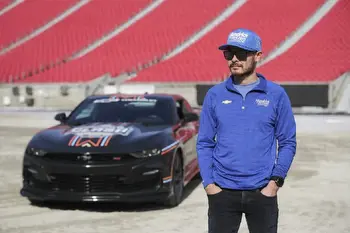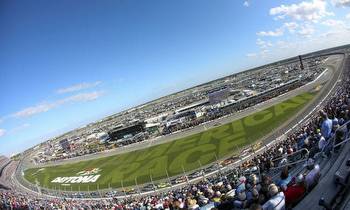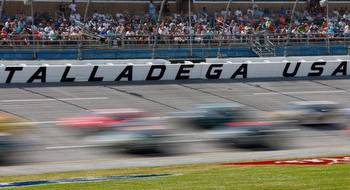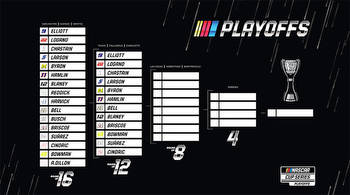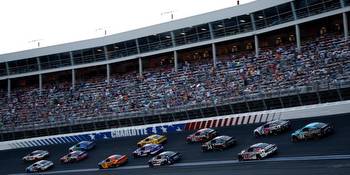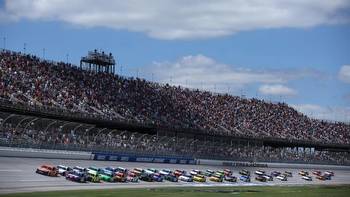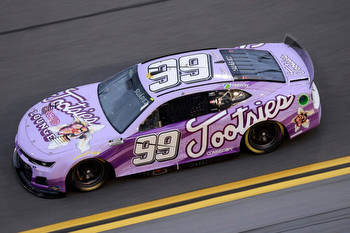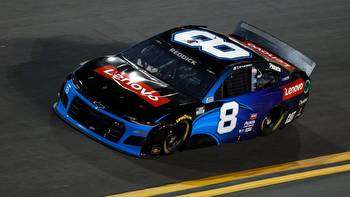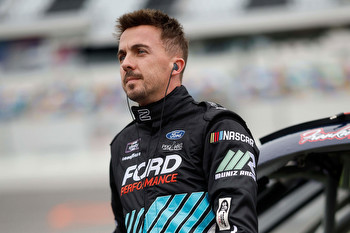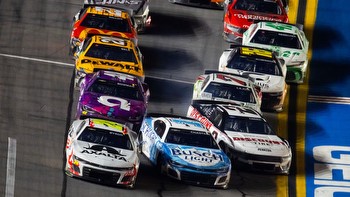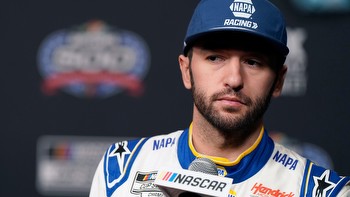The Daytona 500 paradox: It’s NASCAR’s Super Bowl, so why doesn’t it always equate to greatness?
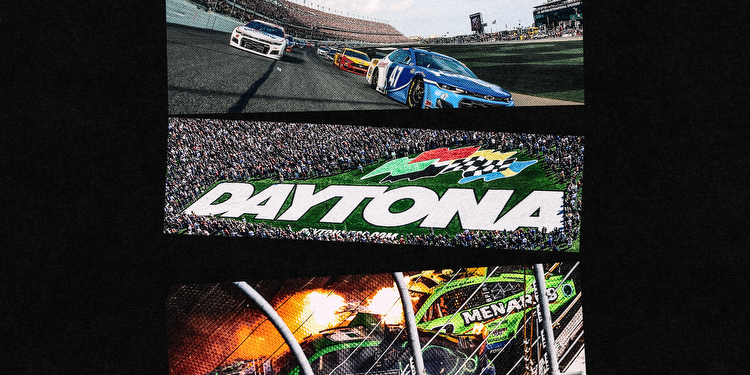
Readers can now follow NASCAR, Formula One and other motorsports content separately. Customize your feed here.
DAYTONA BEACH, Fla. — NASCAR Hall of Famer Jeff Gordon won the Daytona 500 twice in his first seven seasons, later adding another victory six years later, in 2005. Surely, he figured, there would be more to come.
Then Gordon never won NASCAR’s biggest race again.
“You get into this frustration of, ‘Man, what am I doing differently?'” Gordon said.
The answer, oddly enough, was nothing.
Such is the nature of this crown jewel NASCAR race, which represents a unique contrast in the realm of top sporting events: It is NASCAR’s Super Bowl in so many ways, but also remains one of the least reliable indicators of greatness.
Some of NASCAR’s most legendary names, like Tony Stewart, Rusty Wallace and Mark Martin, never won this race. Meanwhile, five of the last seven Daytona 500 victors have gone winless in that season’s remaining 35 events.
“You would assume in the biggest race of the year, the best teams and drivers would always win,” said Joey Logano, the 2015 Daytona 500 winner. “But it’s not like that.”
Logano brought the fastest car to this year’s 500, qualifying on the pole position there for the first time in his career. But the style of racing at NASCAR’s so-called “superspeedways” like Daytona means there are no guarantees Logano will have a good performance in the race, when well over three-quarters of the field has a legitimate chance to win. (The race, originally scheduled for Sunday, has been postponed to Monday at 4 p.m. ET due to rain.)
The reason is rooted in safety concerns. If NASCAR Cup Series cars were allowed to travel around Daytona’s high-banked, 2.5-mile course without restrictions, they could top 200 mph and put both competitors and fans at increased risk.
By requiring each car to have a “tapered spacer” — a hole-filled aluminum block that reduces the airflow to the engines — NASCAR limits speeds to try and keep cars from getting airborne and flying into (or through) the fences that separate the fans from the racetrack.
But there’s a side effect. The reduced horsepower means cars typically travel in giant packs, and drivers must rely on help from other competitors to draft around the track. Otherwise, they risk falling helplessly behind, unable to catch up as the field races off into the distance.
That makes the odds rise dramatically on two fronts: One, unheralded underdogs can hang with the elite long enough to pull off a shocking win; and two, even a slight bobble or mistake by one driver in the pack can trigger a large, multi-car crash known as “The Big One.”
“You’re not going to be fully in control of your destiny, and I’ve just accepted that,” said defending NASCAR champion Ryan Blaney, who has never won the Daytona 500 despite being one of the best superspeedway racers. “I’m going to do my best to try and stick around this thing, and if I get wiped out in something that’s not my fault, it’s like, ‘What can you do?'”
When Christopher Bell won Thursday night’s Daytona 500 qualifying race, he acknowledged a belief this style of racing was “100 percent luck.”
In reality, that’s an exaggeration. While luck undoubtedly plays a factor at Daytona, it’s not everything.
“I used to think this race was more luck than skill, but as I’ve studied more, the same guys are always up front,” said Kyle Larson, who is known as one of the most talented American drivers of his generation. “Those guys are not luckier than everybody else; they’re really talented when it comes to this style and they’ve got a good sense of how things work and where to be at the right time.”
Becoming a top superspeedway racer requires a different skill set than typical tracks, which are more about drivers getting their car to handle better (and thus go faster) than the competition.
At Daytona, the best drivers have both excellent racecraft — knowing when to risk a move and when to stay put — and an innate sense of avoiding danger. Combined with those things, they also need savvy strategy calls from their teams, quick pit stops from their crews and, of course, good fortune.
“The smart ones can navigate through (the danger) or know, ‘I need to get out of this’ — or they’re already ahead of it to begin with,” said Tyler Reddick, who has crashed in all five of his Daytona 500 starts but won his Thursday qualifying race. “The drivers who win this are the ones who remain calm and make good decisions with the race approaching the end.”
Though the late Dale Earnhardt Sr. was mythically said to be able to “see the air,” the reality of modern-day drivers is they must see the video. Along with their spotters, who narrate and even dictate which moves should be made from positions high above the track, drivers pore over film of previous races to understand which moves work, which ones backfire and which ones cause major crashes.
Some teams track analytics, like the best running positions in the pack that correlate to success. But even then, there are still so many elements out of their control.
Brad Keselowski, for example, has led the most laps in each of the last two Daytona 500s — part of 177 career laps led in this race — but has never won it. Now 40 and running out of time to claim a Daytona 500 crown, Keselowski said he’d trade leading those laps in exchange for leading the last one.
“You go to the Daytona 500, and you’ve done all this preparation work … and more often than not, the result feels unearned either way,” he said. “Like many things in life, you just have to recognize it’s not always fair and accept it and move on. But it’s difficult to reconcile, for sure.”
Keselowski, Kyle Busch and Martin Truex Jr. are among the current Cup Series champion drivers nearing the end of their careers without a Daytona 500 victory. Busch has said he badly wants to win the 500 more than any other remaining accomplishment, but also acknowledged “it’s just one race.”
Drivers throughout the NASCAR garage continue to wrestle with that dichotomy; as Gordon said, “somebody is going to win this race, and there’s no other win like it.”
On the other hand, as Logano noted, a Daytona 500 trophy — or lack thereof — doesn’t define a driver’s career.
“It’s an unbelievable stat to have on your resume,” Logano said. “That part is fantastic. But if you had to decide between winning 15 Cup races over one Daytona 500, you’d probably rather win 15 Cup races.”
GO DEEPER
Daytona 500 lineup: Ranking all 40 drivers on their chances to win
(Top illustration: John Bradford / The Athletic; photos: Jared C. Tilton, Jonathan Ferrey, Jared C. Tilton / Getty Images)
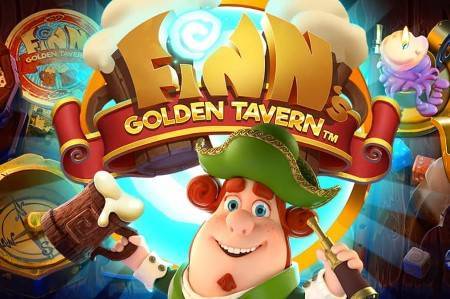
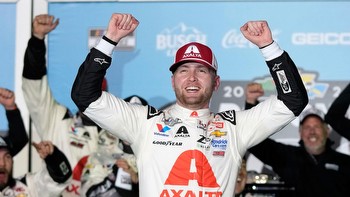
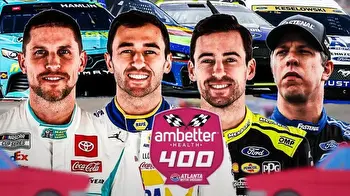





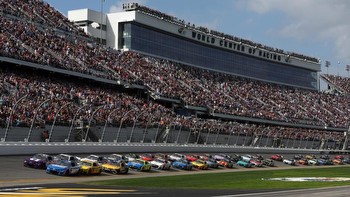
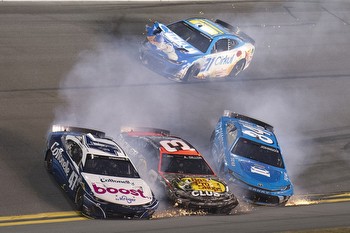

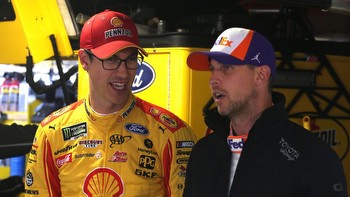
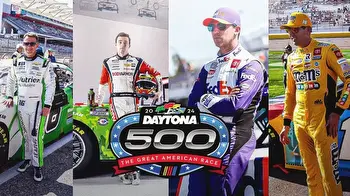

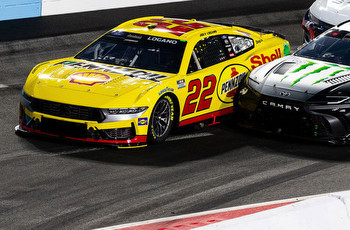
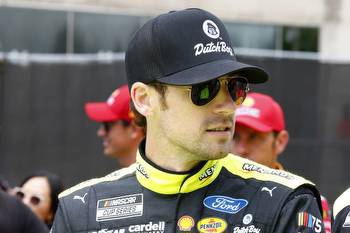
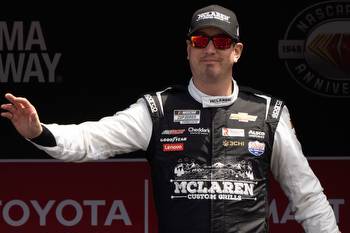
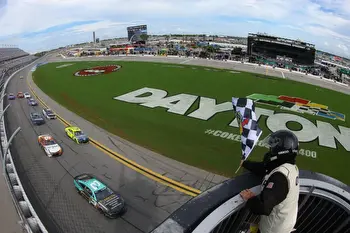
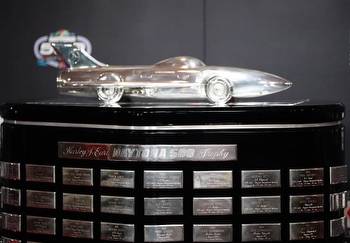

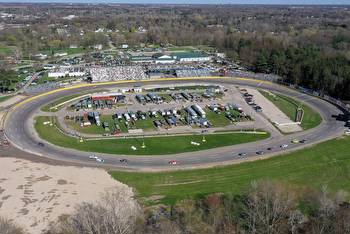
![NASCAR betting, odds: Denny Hamlin is one of three drivers at +1200 to win the Daytona 500 [Video]](/img/di/nascar-betting-odds-denny-hamlin-is-one-of-three-drivers-at-1200-to-win-the-daytona-500-video-1.jpg)
